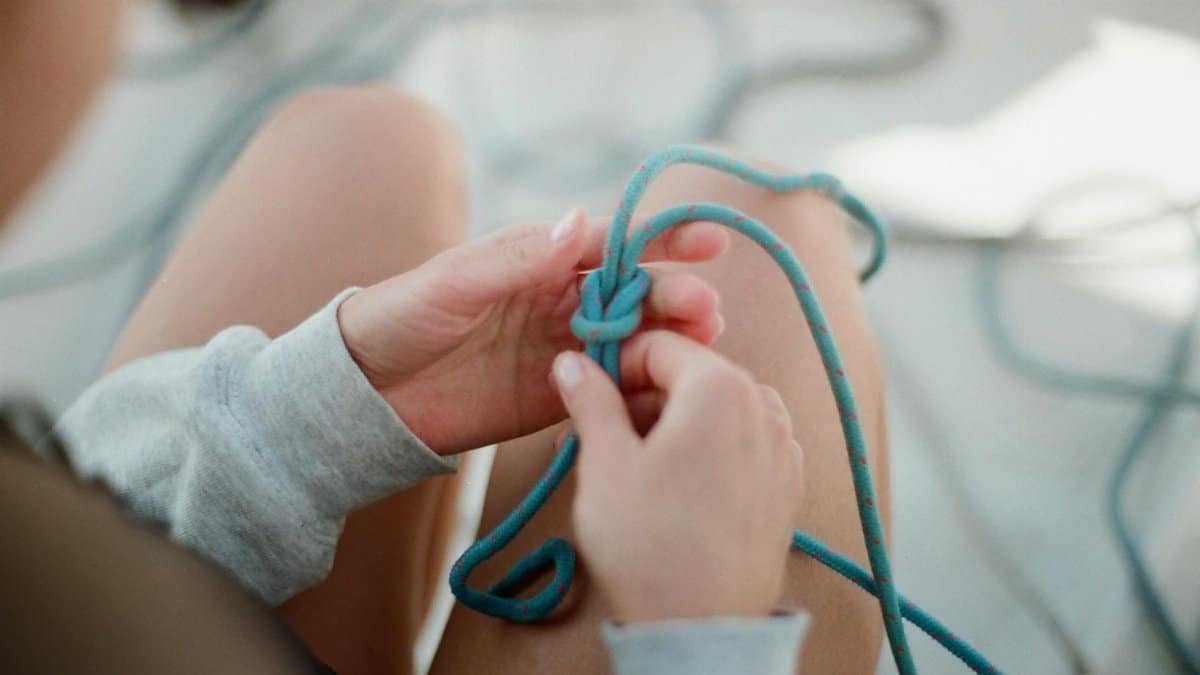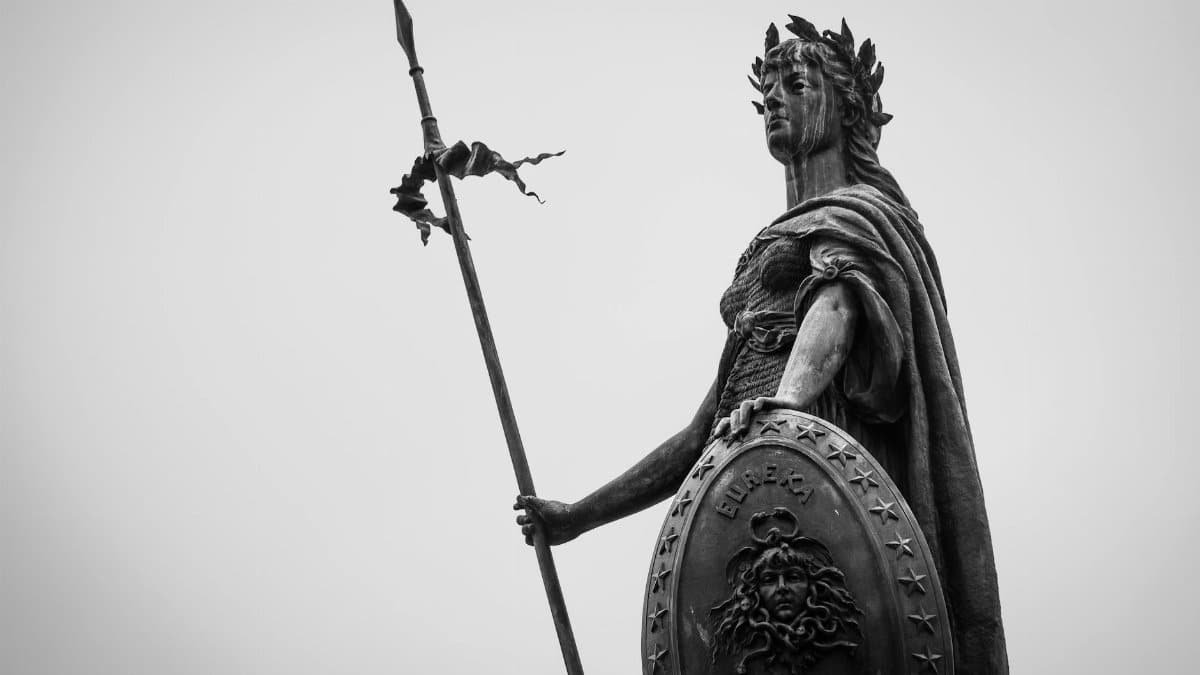Imagine a quiet moment in a bustling world, where the mind, often racing with endless to-do lists, finds a rare stillness. This is the promise of celtic knot meditation, a practice that draws on ancient Celtic designs to anchor attention and soothe mental chatter. These intricate, interwoven patterns, rooted in history yet strikingly relevant today, offer a visual and mental pathway to focus. For many Americans grappling with distraction in 2025, turning to such a timeless method feels both novel and necessary. It’s not just about staring at a design; it’s about tracing the loops and turns with intention, letting the mind follow a physical and symbolic journey. As stress continues to define modern life, this practice emerges as a quiet rebellion against the chaos, inviting a return to something enduring and deliberate.
1. The Basic Trinity Knot for Grounding

Start with the simplest of Celtic knots, the Trinity Knot, often symbolizing unity or eternity. Its three interwoven points create a compact yet mesmerizing design. Practitioners often sketch or trace this knot on paper, letting their fingers or eyes follow each curve slowly. The repetitive motion can quiet a restless mind, much like a mantra in traditional meditation. For beginners, this knot serves as an entry point, requiring no prior experience—just a willingness to pause. One person described their first attempt as “like untangling a mental knot,” finding unexpected clarity after just ten minutes. Research from institutions like the American Psychological Association suggests that such mindfulness practices can measurably reduce stress hormones, grounding the body as much as the mind.
2. The Endless Knot for Sustained Focus

Unlike the Trinity, the Endless Knot has no discernible beginning or end, mirroring life’s continuous flow. Tracing its loops can feel like a mental marathon, demanding sustained attention. This makes it ideal for those who struggle with fleeting concentration. Picture a busy parent in a rare quiet hour, sitting at the kitchen table, following the knot’s path with a pencil. Each loop becomes a tiny victory over distraction. Studies, such as those summarized by the National Institutes of Health, indicate that mindfulness exercises like this can enhance neural pathways tied to focus over time. It’s not instant, but the slow build of discipline feels tangible with every session.
3. The Lover’s Knot for Emotional Connection

What if a meditation could deepen bonds? The Lover’s Knot, with its two intertwined strands, often represents unity between partners or within oneself. Some use it to reflect on relationships, tracing the design while holding a loved one in mind. Others see it as a way to reconcile internal conflicts, uniting disparate parts of their psyche. A brief online account shared recently described this practice as “a reminder to be patient with myself and others.” While not a replacement for therapy, such reflective exercises can foster emotional awareness, a benefit supported by findings from the Pew Research Center on mindfulness trends. Try it during a quiet evening, letting each twist evoke a memory or intention.
4. The Spiral Knot for Releasing Tension

Celtic spirals, often woven into knots, symbolize growth and release. Tracing their outward curves can mimic the act of letting go, making this a fitting meditation for stress relief. One might imagine exhaling worries with each spiral turn, a process that feels almost physical. At a community center in the Midwest, a small group once gathered to trace these designs on large sheets, their shared silence broken only by the scratch of pencils. The collective calm was palpable. Research from the Mayo Clinic backs the idea that repetitive, mindful actions can lower cortisol levels, offering a scientific nod to this ancient method. It’s a small act with outsized impact.
5. The Shield Knot for Mental Protection

Historically, the Shield Knot was believed to ward off harm. In meditation
